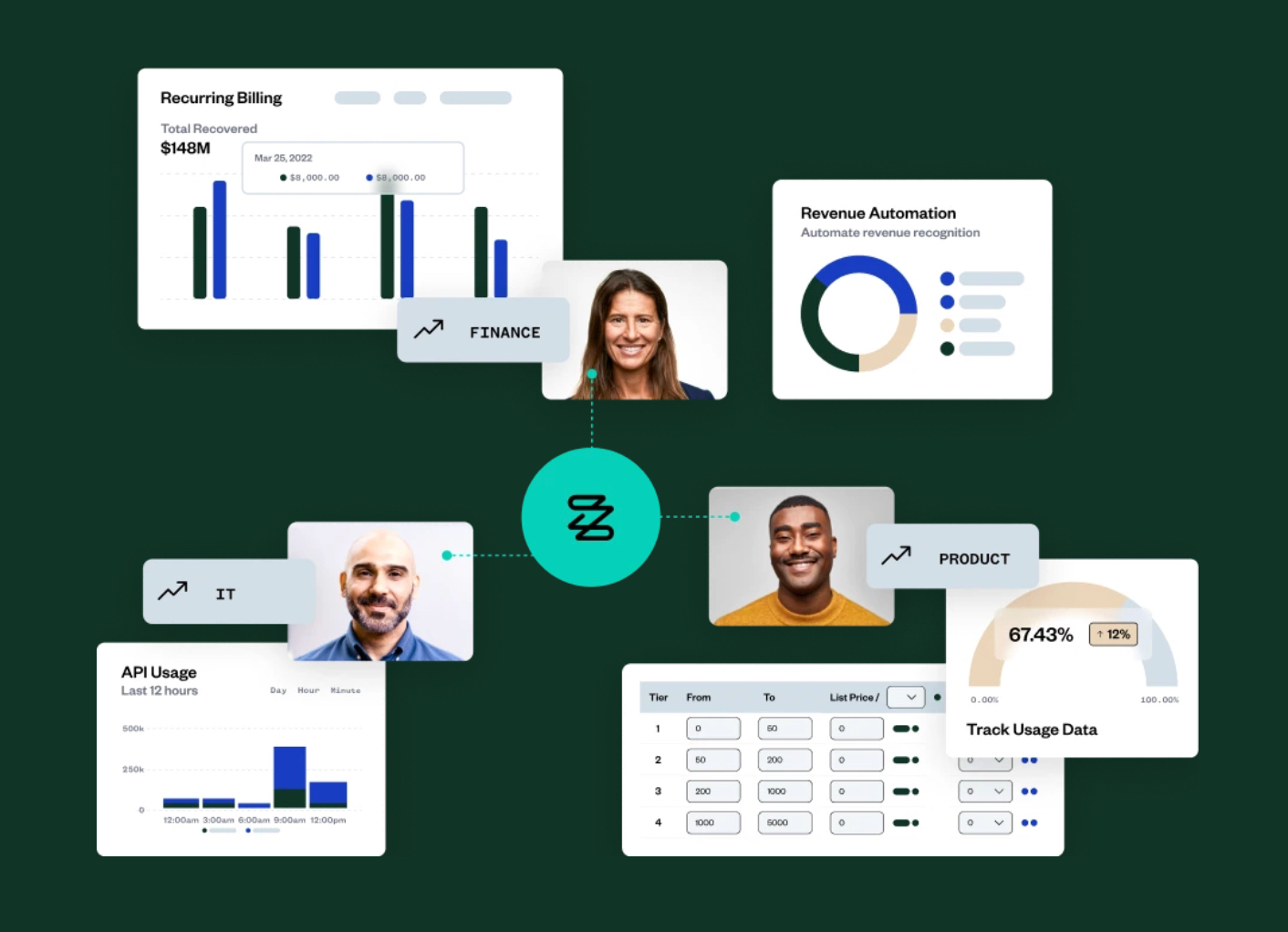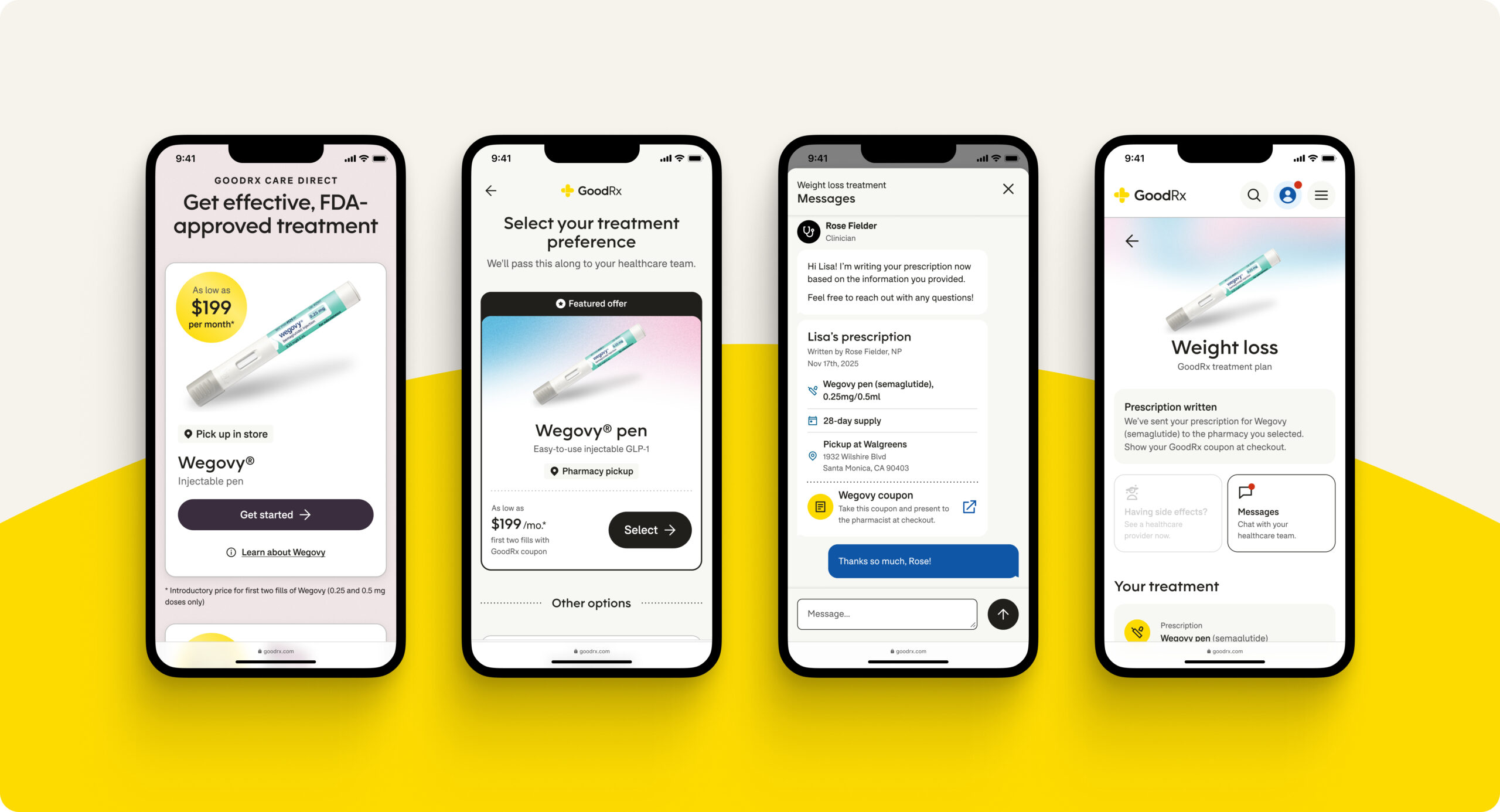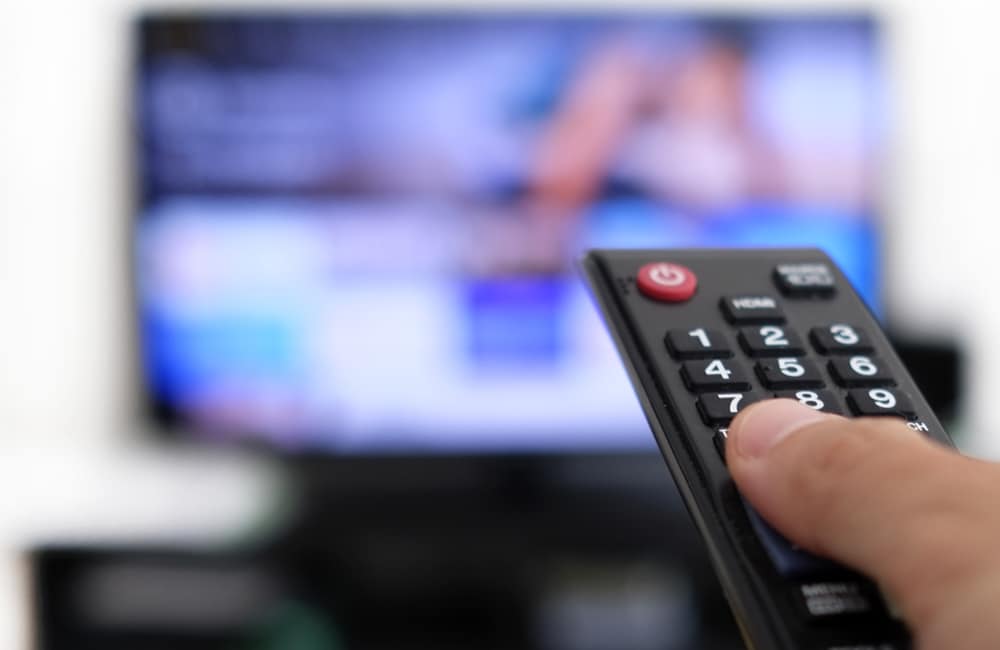
Rising Costs Propel Cable Companies to Increase Subscription Fees
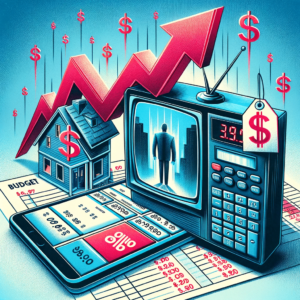 The cable industry is facing a steep uphill battle as major players like Comcast are compelled to increase prices for their services. The move is a direct response to the rising costs of programming, which continue to be the primary driver for hikes in customer bills. In a recent announcement reported by Reuters, Comcast disclosed that subscribers would see an average 3% increase in prices for its Xfinity services, with internet-only customers experiencing a $3 monthly increase.
The cable industry is facing a steep uphill battle as major players like Comcast are compelled to increase prices for their services. The move is a direct response to the rising costs of programming, which continue to be the primary driver for hikes in customer bills. In a recent announcement reported by Reuters, Comcast disclosed that subscribers would see an average 3% increase in prices for its Xfinity services, with internet-only customers experiencing a $3 monthly increase.
This price increment is not unique to Comcast; other industry giants such as Verizon Communications and AT&T have also introduced similar price rises earlier in the year. These changes highlight a broader industry trend as companies strive to balance their books in the face of increasing operational costs.
It’s a conundrum. On one hand, the increased prices may cover the surging costs of content and service provision. On the other hand, it potentially alienates consumers who are already contemplating cutting the cord in favor of streaming services. The industry is at a crossroads where maintaining a competitive edge is as much about cost management as it is about strategic pricing.
In Northern California, for example, Comcast has notified some customers of specific new charges that will take effect, including increases in the Broadcast TV Fee and Regional Sports Fee, alongside hikes in the monthly charges for various Xfinity TV and internet packages.
INSIDER TAKE
While necessary to mitigate rising business costs, increased pricing may accelerate the migration of customers to streaming alternatives. The trajectory suggests a grim forecast for the cable TV industry, with an impending surge in cord-cutting as consumers demand more economical and convenient entertainment options.
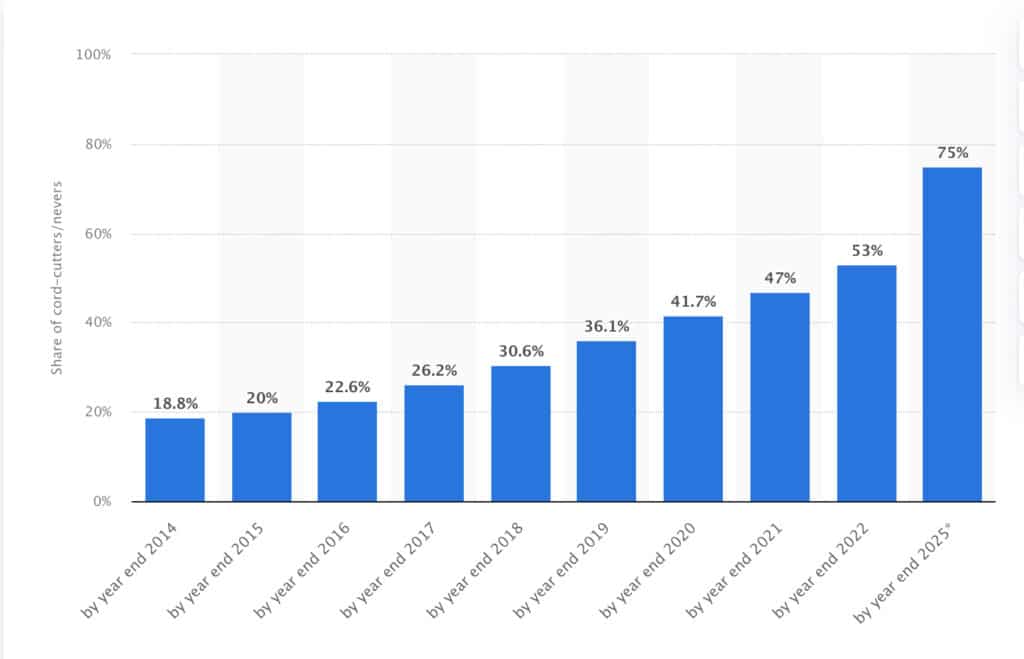
Exacerbating the issue, streaming services are bundling their offerings, eerily mirroring the traditional cable packages but with enhanced user experiences and on-demand content selection. The cable industry’s user experience now lags, fragmenting further as consumers grapple with multiple logins for services that were once included in their cable bundle. The result is consumer fatigue, prompted by cumbersome interfaces, escalating prices, and a declining value proposition.
As streaming services evolve to encapsulate the familiar structure of cable, yet with modernized delivery and customization, we may be witnessing a pivotal tipping point. Cable companies are at a crossroads, with a dire need to overhaul their strategies. Adopting flexible, unbundled options and pioneering new content delivery models could be instrumental. These approaches should be consumer-centric, leveraging technology to meet the digital age’s demand for personalized and seamless media consumption.
The industry must embrace these changes, employing solutions to remain relevant. Otherwise, it risks obsolescence as technology and consumer preferences change.


